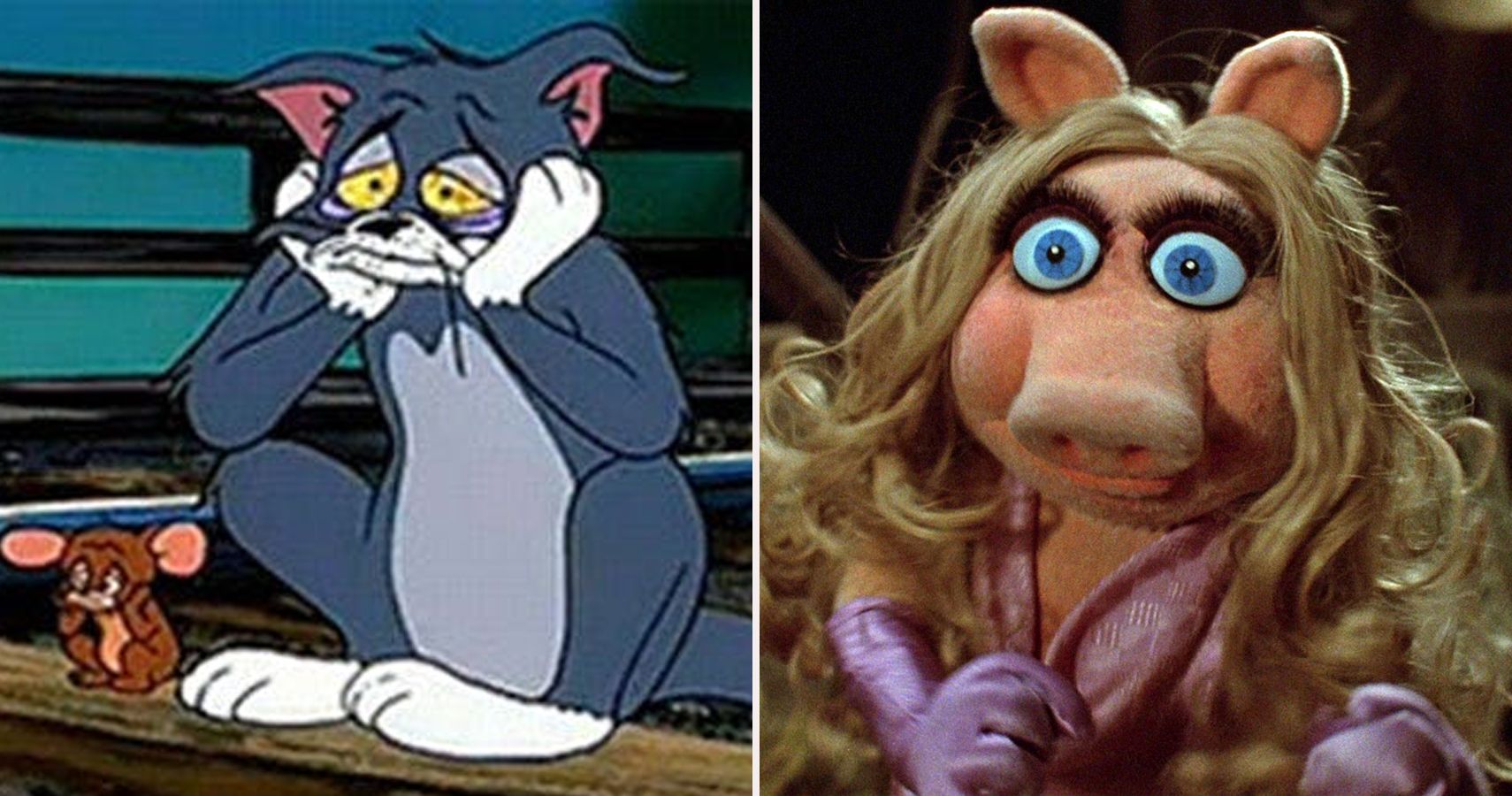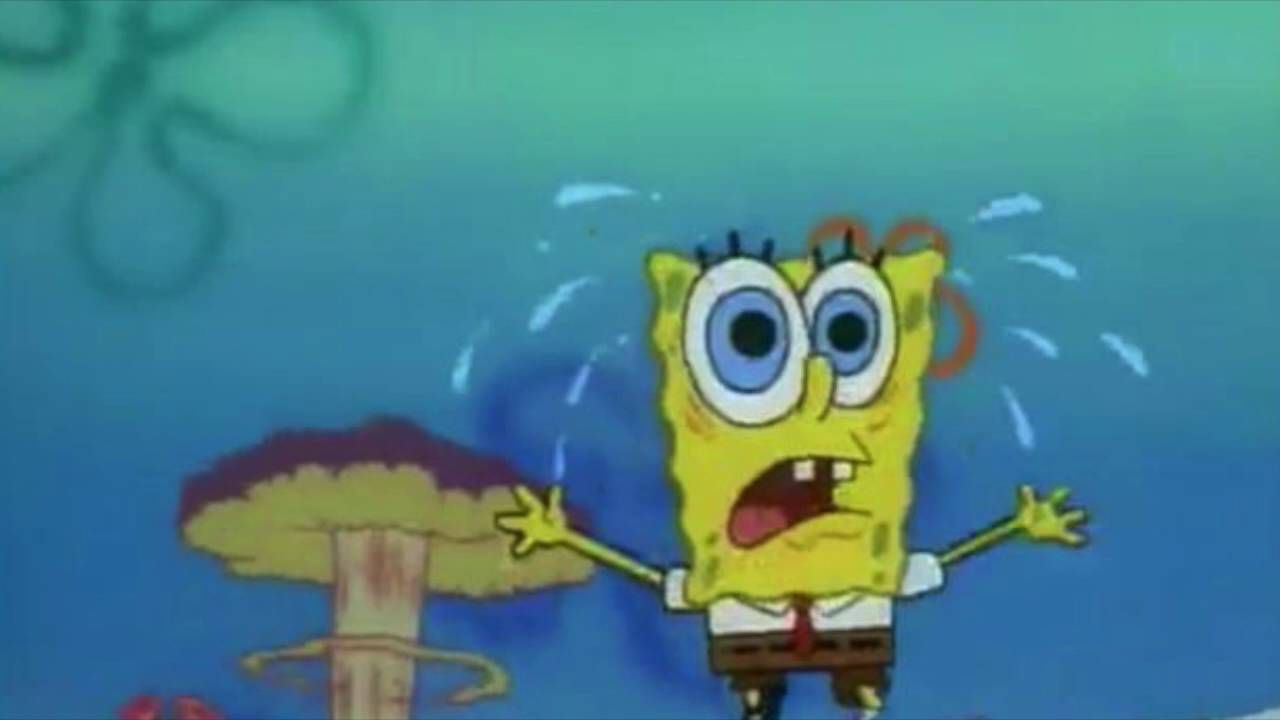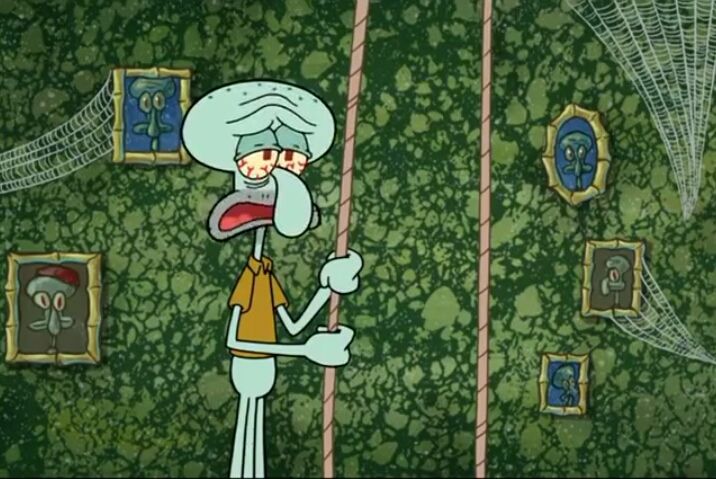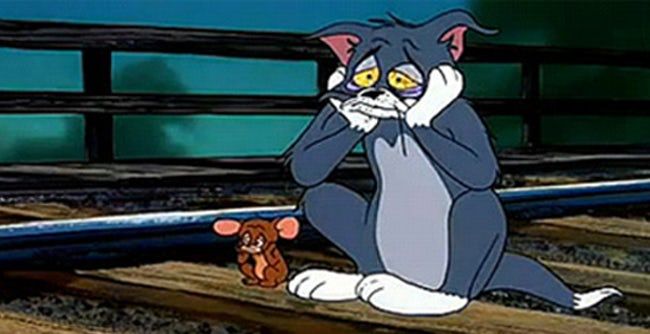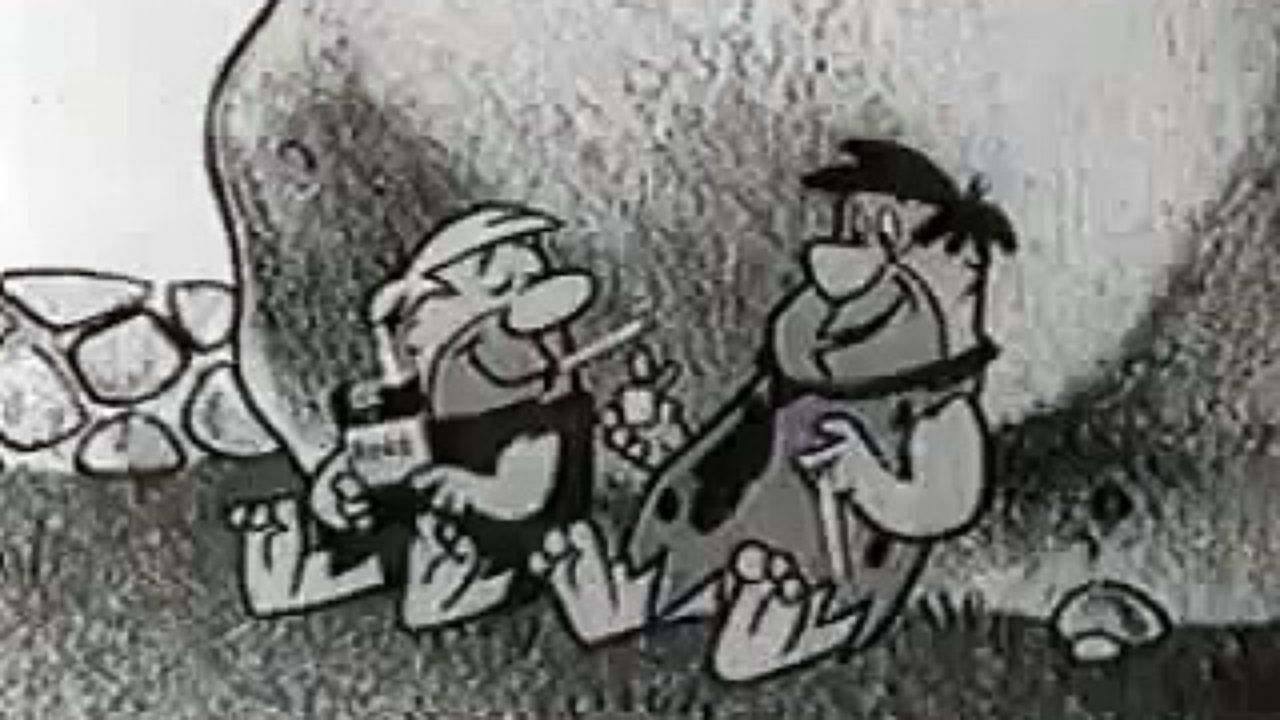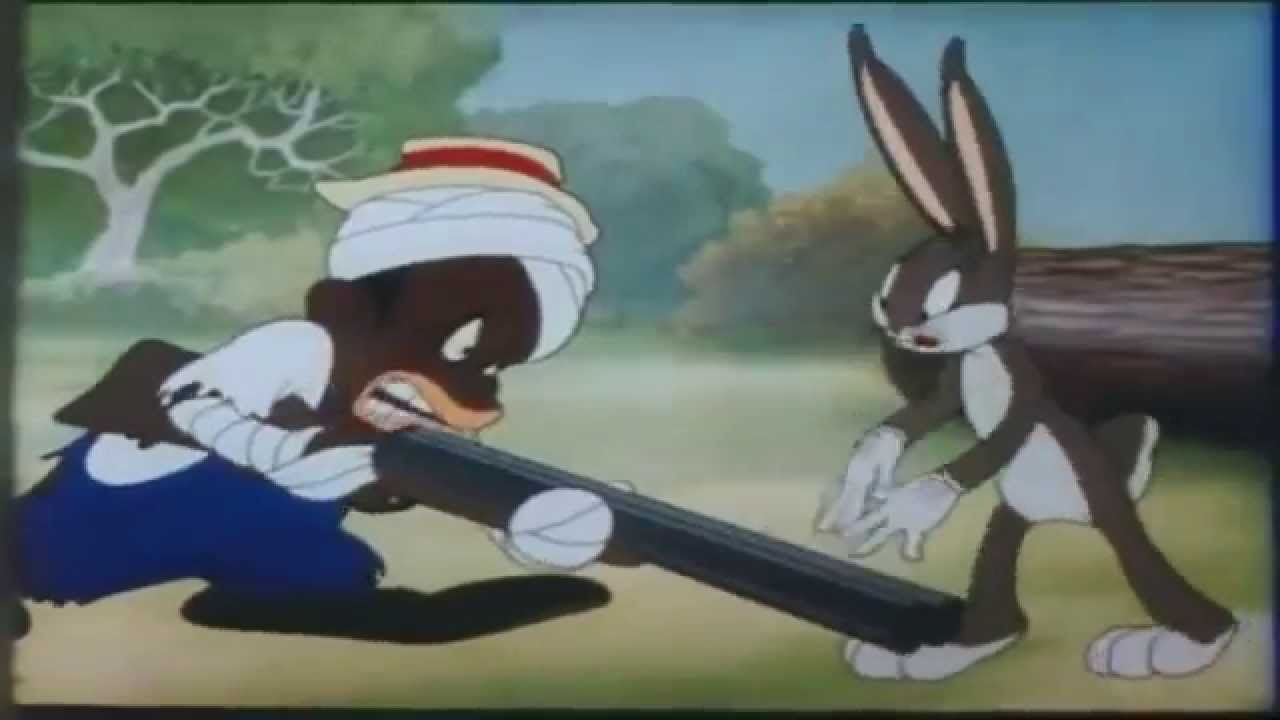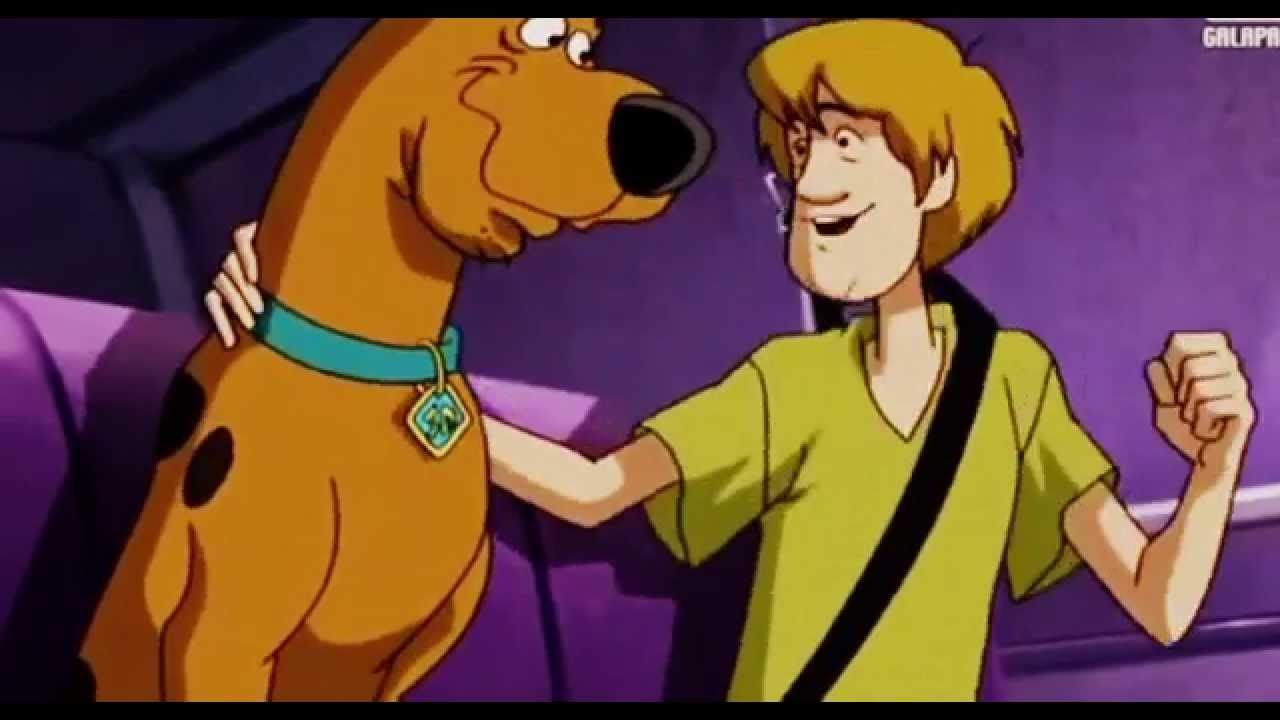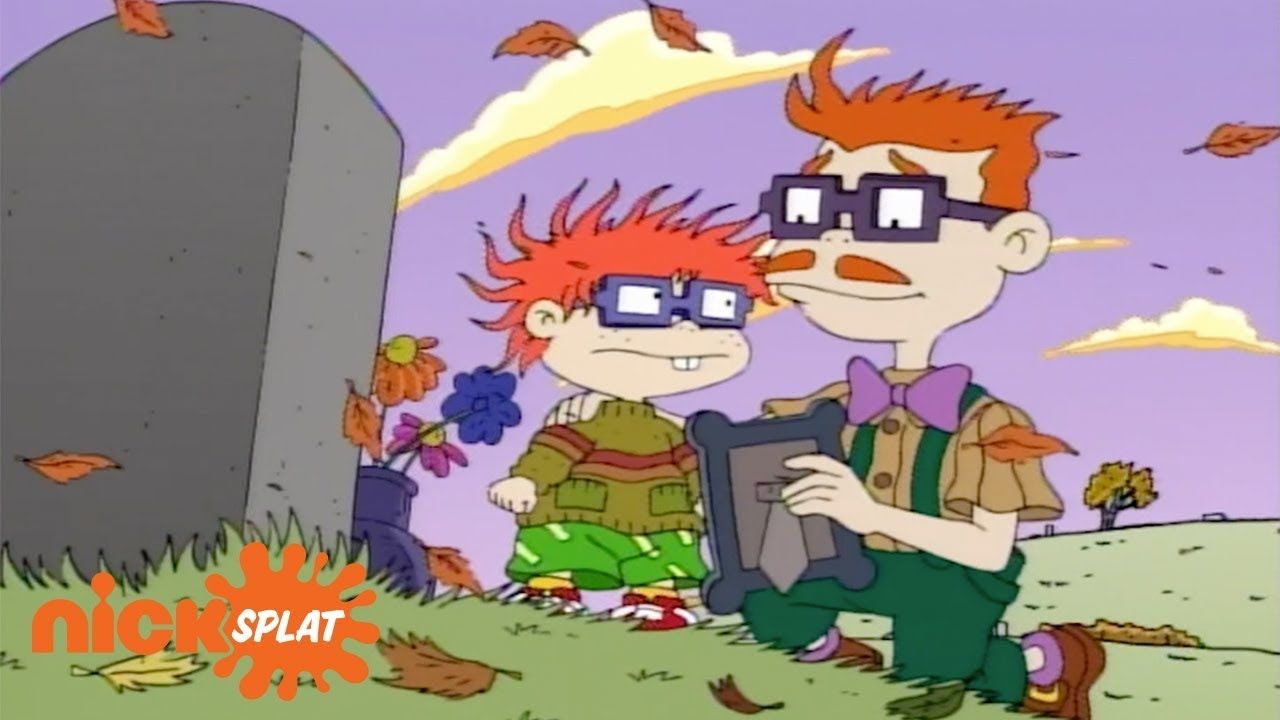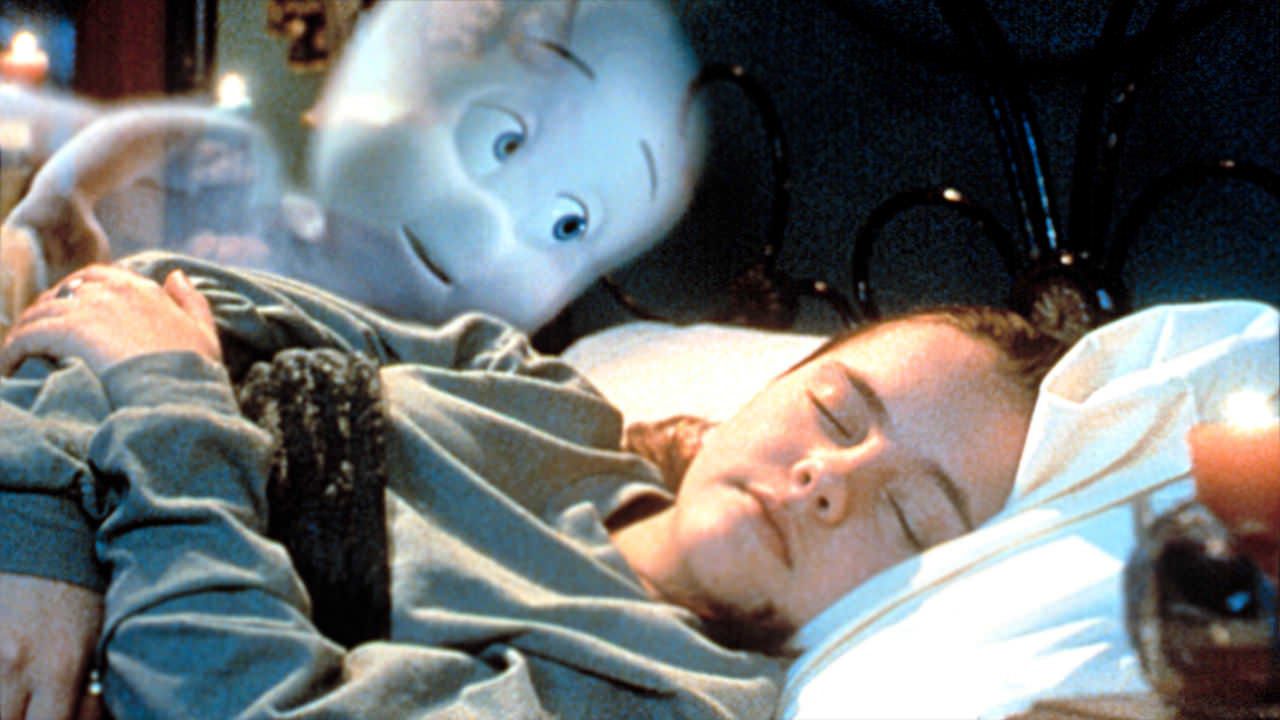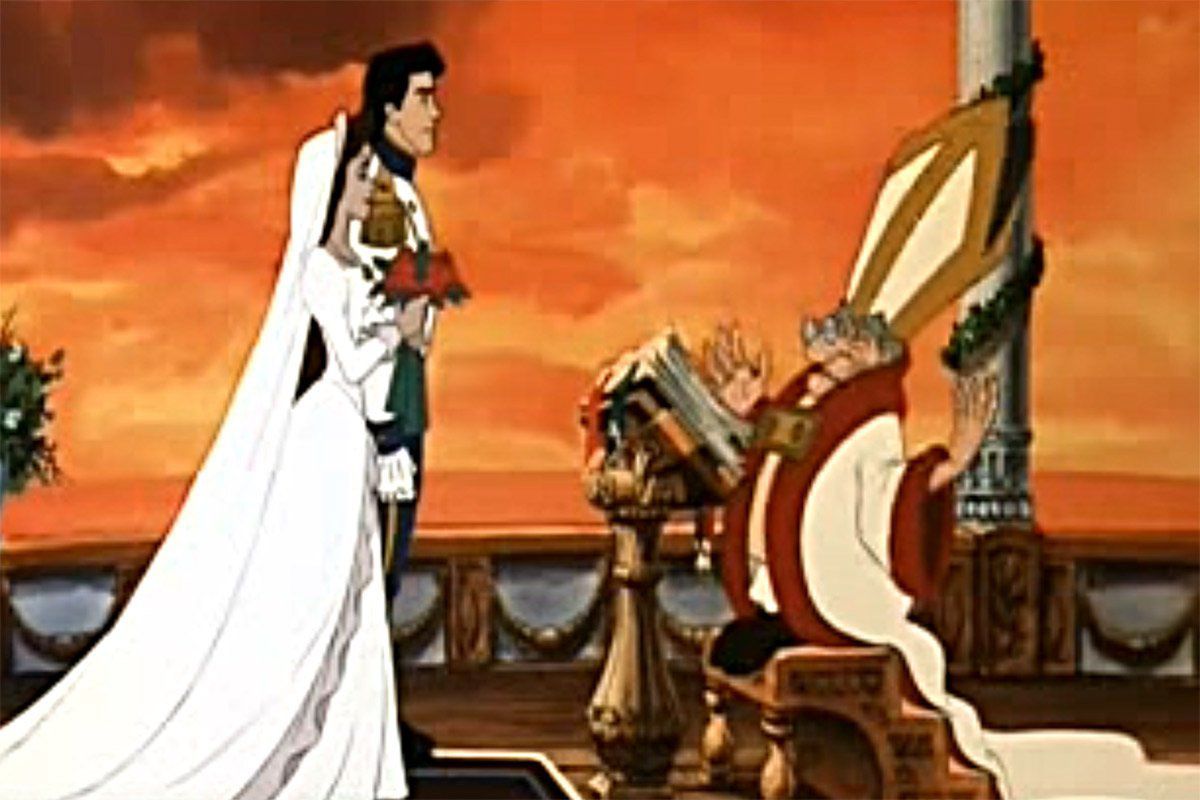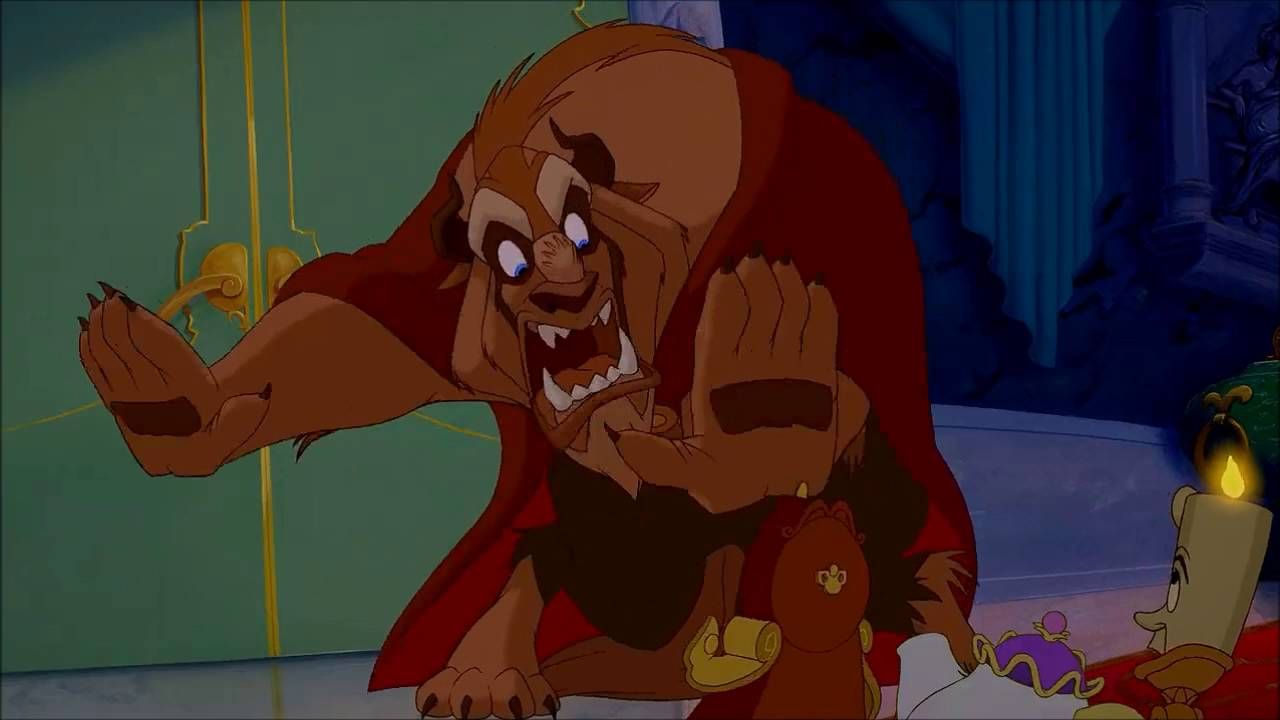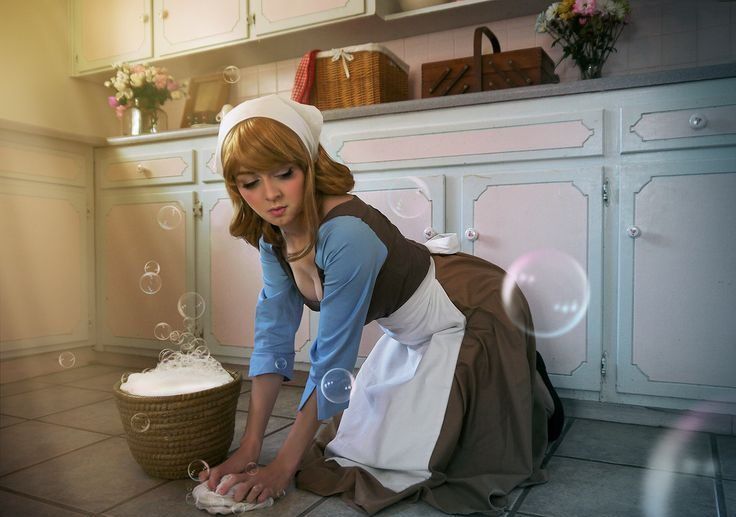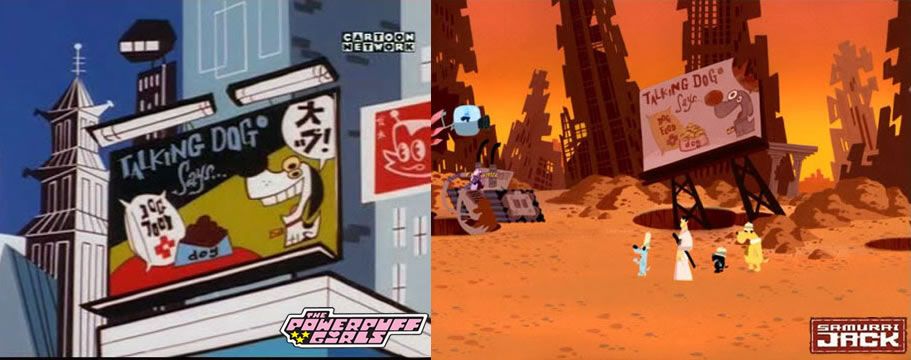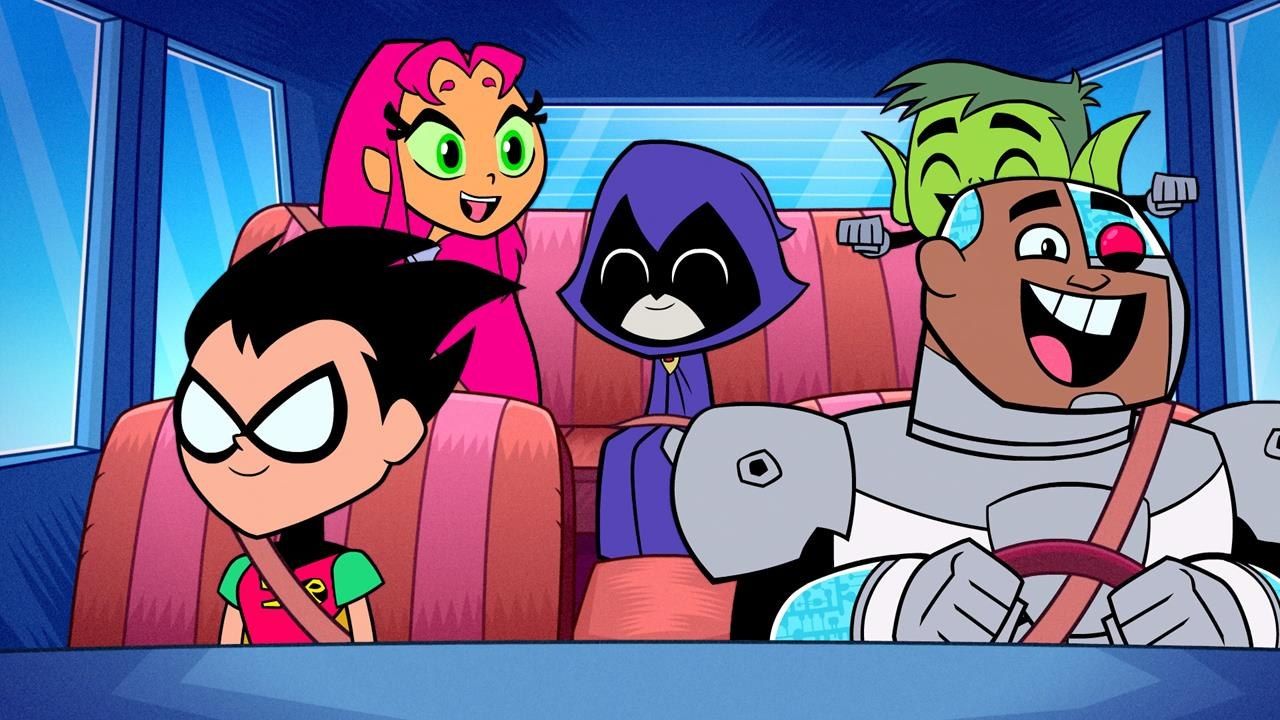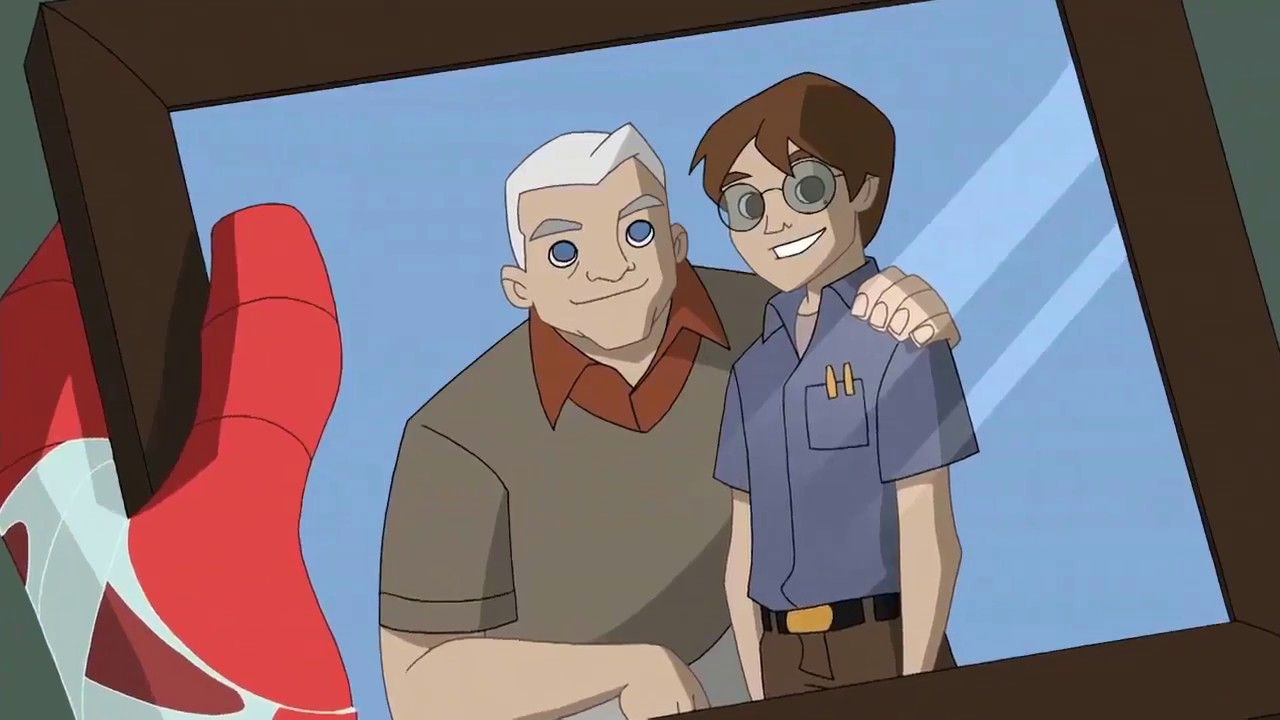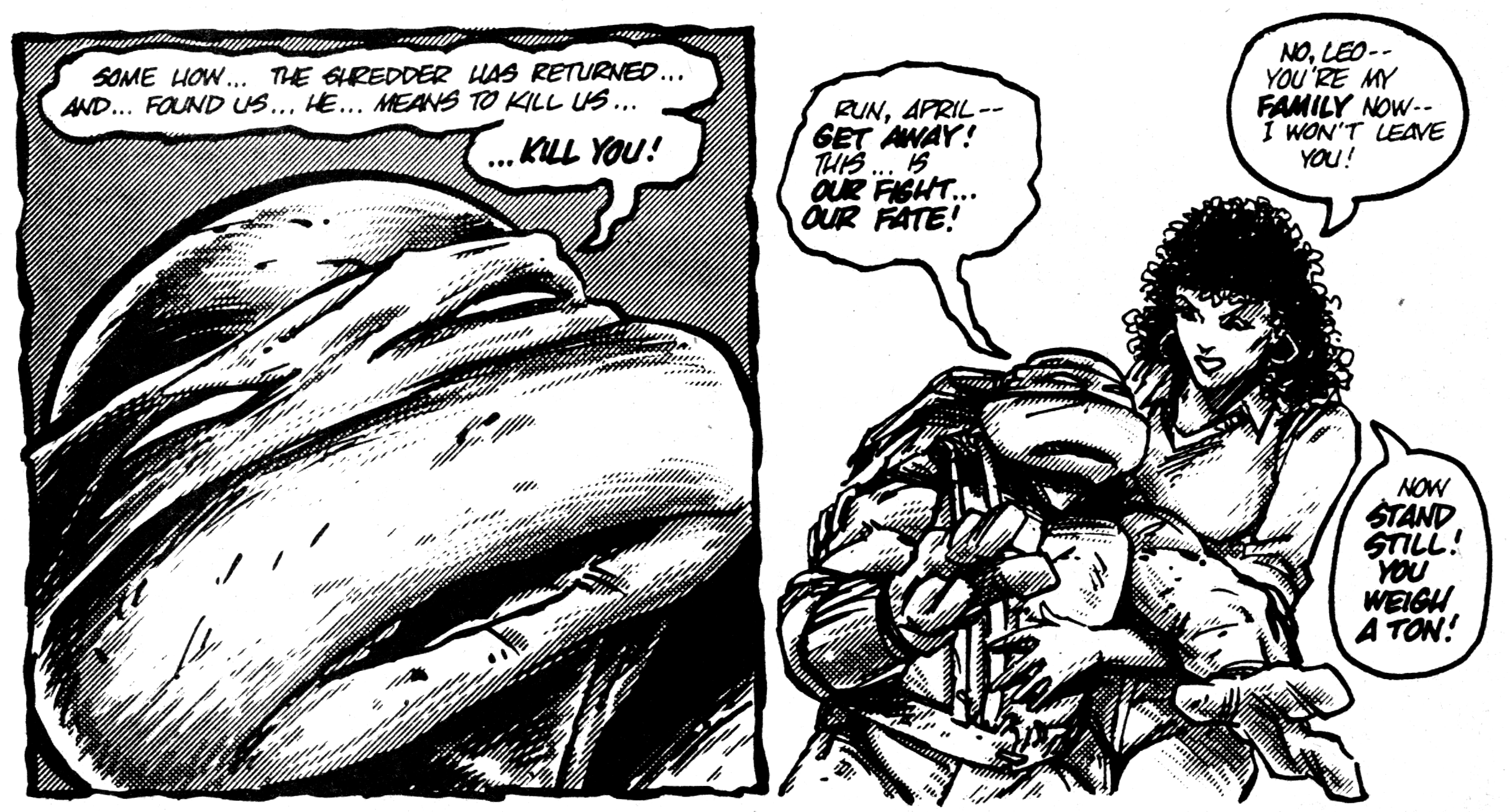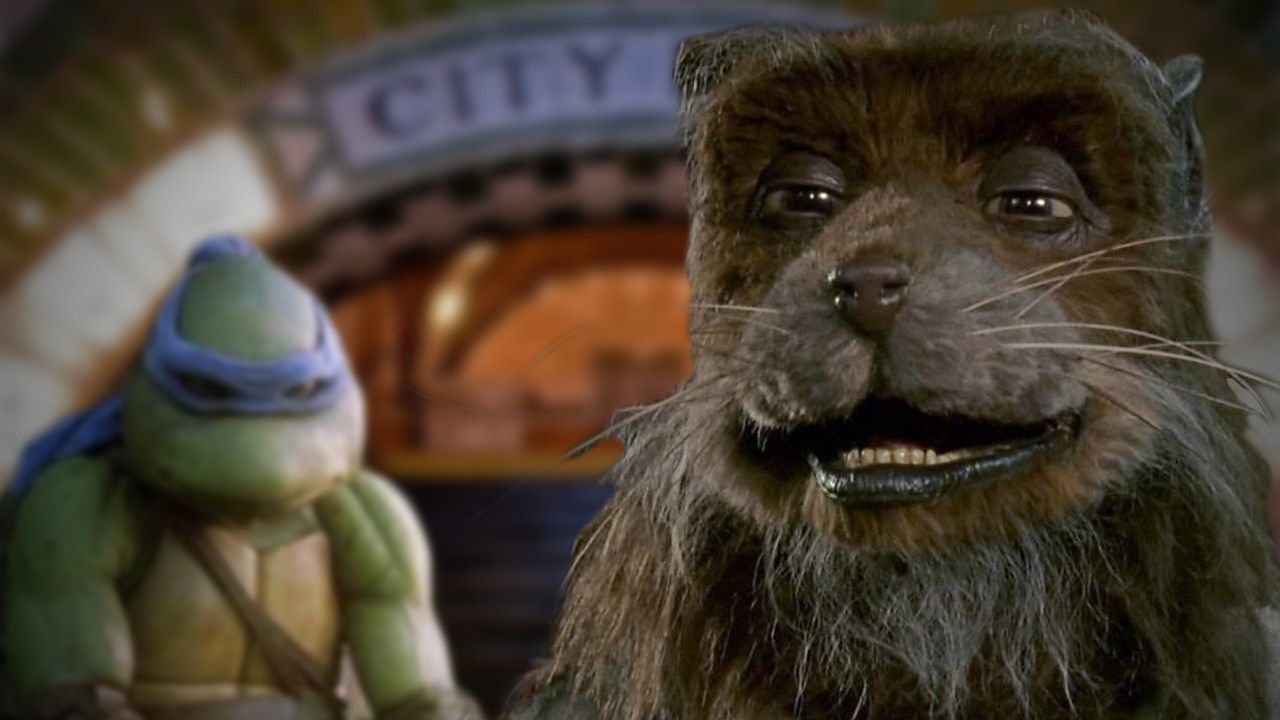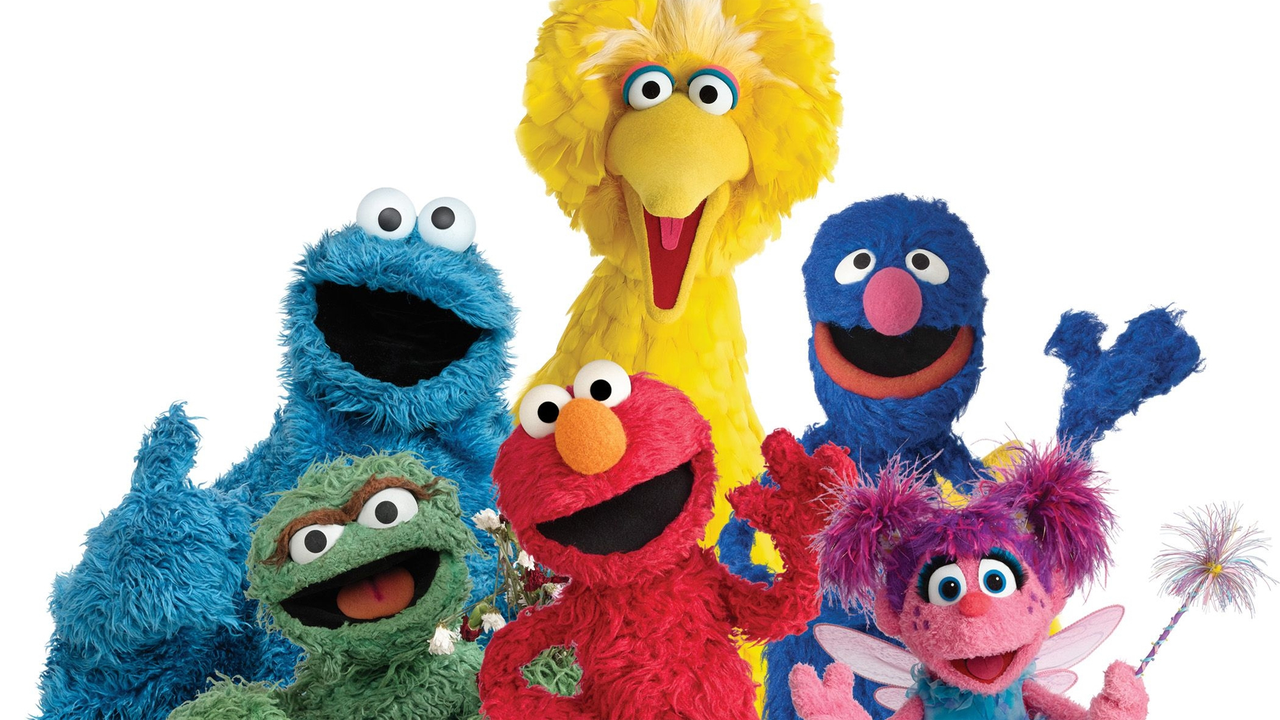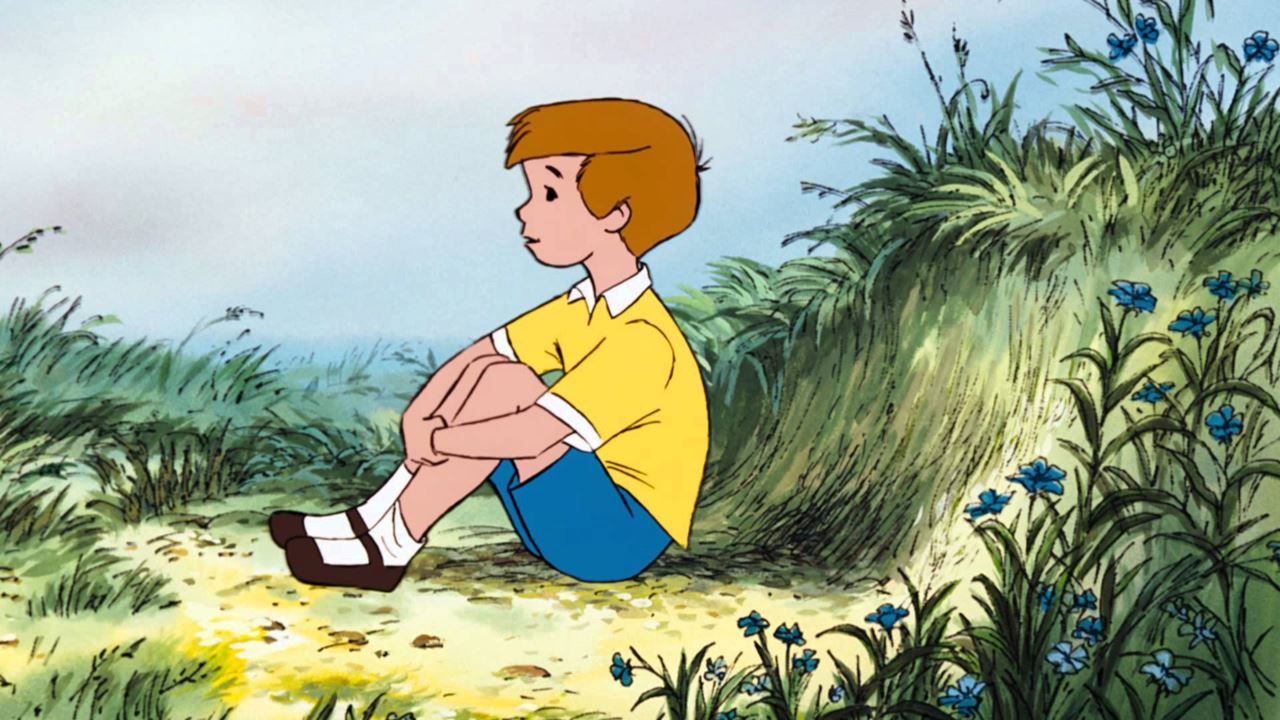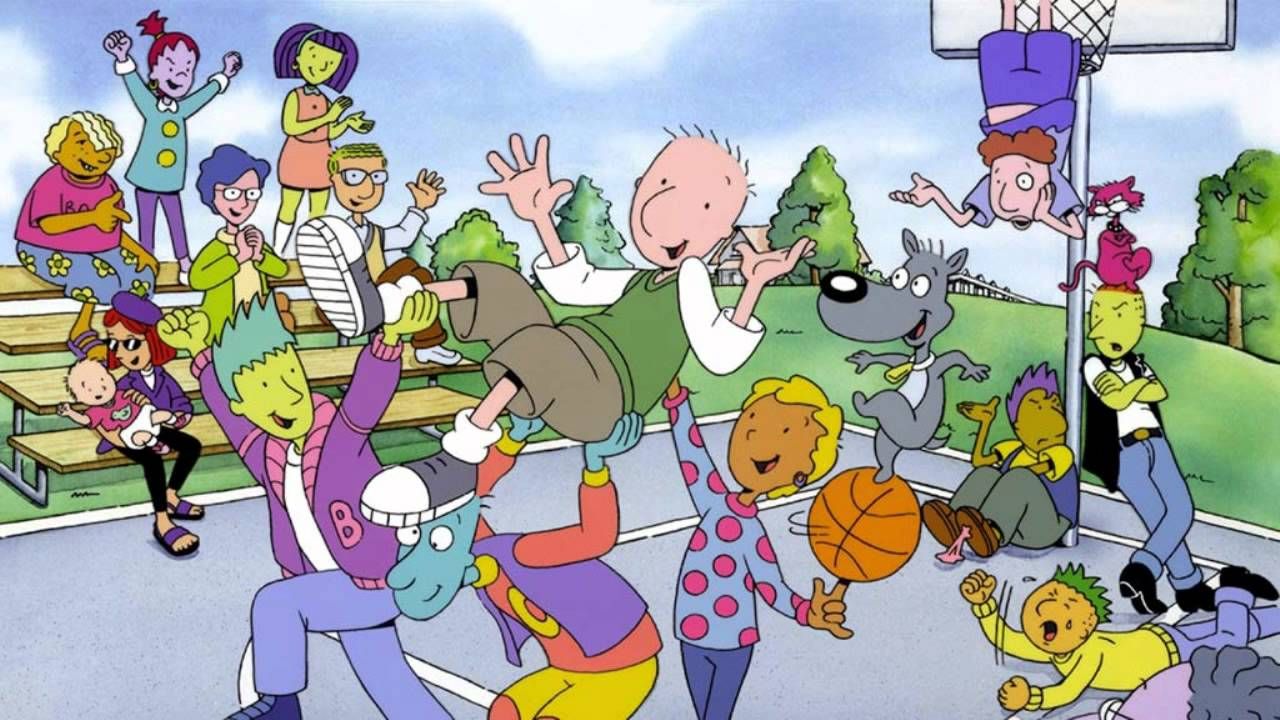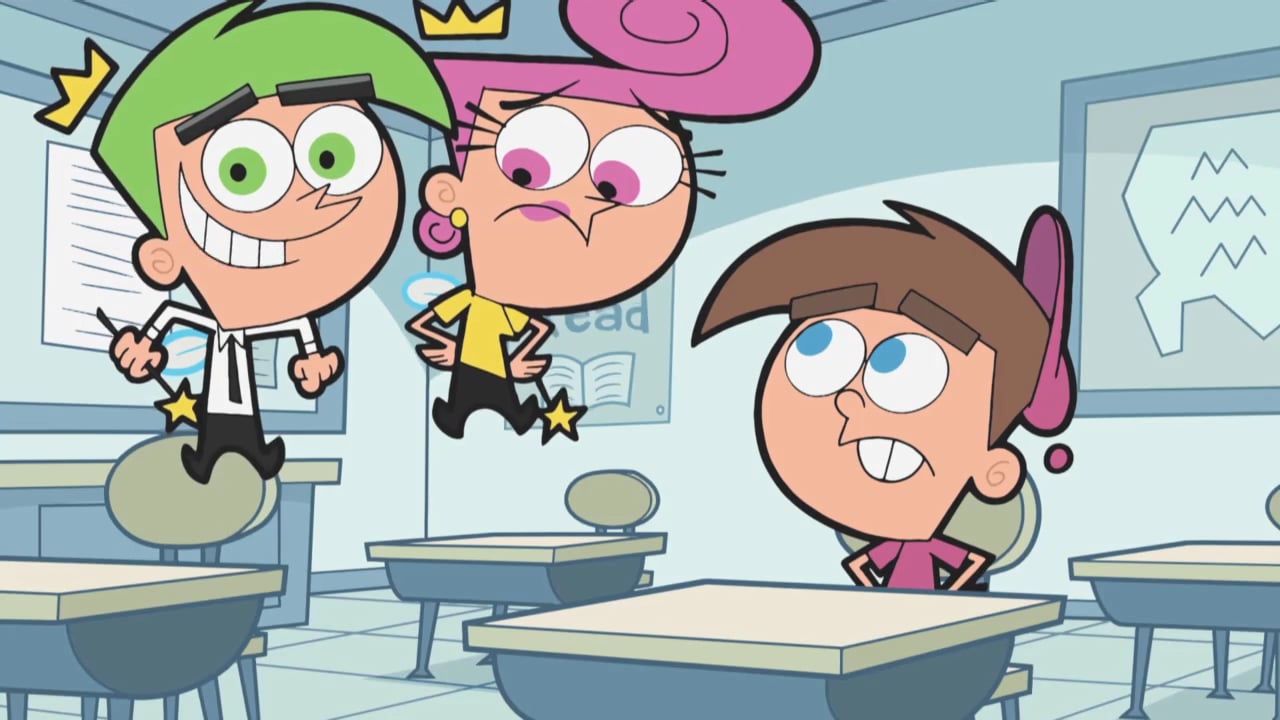We children of the media era were all half-raised by the TV set. The people on screen and the worlds they inhabited were at least as important to who we were (and are) as the real people and the real world around us. And now, with the internet at our fingertips, we're even worse. Every movie, TV show, or anything we've ever watched can be instantly looked up again and rewatched with only a few letters typed into a search bar on Google or YouTube.
This ability has, for millions of us, led to hours of shameless nostalgia binge-watching. But despite how much we think we know about these worlds and characters we grew up with and then returned to obsessively again and again, there's actually quite a lot of important things about them that we've all missed all this time. Sometimes these hidden secrets can be quite dark and disturbing. Our favorite kids' shows involved everything from mental illness to substances to kids being hurt. This was hidden just under the surface, where we never noticed it, but often centrally important to stories and the most beloved aspects of these franchises.
We're probably going to ruin your childhood a bit here, so be warned. Here are just a few examples of the things that kids' TV shows tried to hide from you.
25 Explains Why There's A Giant Pineapple...
“Who lives in a pineapple under the sea?” The answer to this question is known to pretty much everyone alive by now: it's SpongeBob SquarePants, of course! SpongeBob does indeed live in a pineapple under the sea, in the town of Bikini Bottom. He enjoys his life way, way more than most of us ever will. He's just living the simple life flipping burgers at the Krusty Krab. The world of Bikini Bottom seems pretty happy, but most inhabitants of the town seem noticeably eccentric, to put it mildly. There is a reason behind this. It also explains why there are talking sponges and starfish in the first place. Bikini Bottom is actually located under the real Bikini Atoll, which was the site of numerous atomic bomb tests during the 1940s and 50s. So the inhabitants of Bikini Bottom are actually mutant freaks suffering from radiation poisoning.
24 The Bikini Rock Bottom
Before moving on, let's take a moment to appreciate a little more how disturbingly often SpongeBob SquarePants references ending it all. In one episode, Squidward sticks his head in an oven, and, even when he's not actively trying to injure himself, usually seems dangerously depressed. There's even an internet meme inspired by this. Plankton, proprietor of the Chum Bucket, once spent the better part of an episode waiting to get run over and was actually laughed at for it. Then there are the random side characters who only seem to exist so that the writers can inform us that they want to end it all. Thoughts of this, on reflection, seem to be a core theme of the series. There are whole episodes devoted to aging and hauntings as well. This makes us all a bit uneasy about it.
23 Blue Cat Blues
Other cartoon characters have also had problems with this. Tom, from the already crazy Tom and Jerry, has also exhibited a tendency to be sad. This is largely remained uncommented on. It probably pairs well with his Jerry-hunting tendencies. One particularly dark episode, “Blue Cat Blues,” actually centers on this. It even ends up in a place even darker than it started. The episode opens with Tom sitting on railroad tracks waiting for a train. Jerry comes along and expresses the belief that Tom would be happier this way (!). He then relates the events leading up to the cat's present despair. Apparently, Tom was spurned by a love he spent everything on trying to win. Jerry comments that he's happy his girlfriend is more faithful, then sees her going by with someone else. The mouse joins the cat on the tracks and waits.
22 Yabba-Dabba-Cough-Hack-Gasp
Yabba-dabba-doo! That's the catchphrase of Fred Flintstone, the patriarch of TV's favorite stone-age family, The Flintstones. The family—Fred, Wilma, and Pebbles—lived the American dream in the town of Bedrock, nearly ten thousand years before there even was any America. Their friends Barney and Betty Rubble had it just about as good, sharing in the idyllic life of stone-age suburbia. Just imagine: no radiation, no beatniks, no communists! However, inevitably, the Flintstones did partake in some of the less savory aspects of the era that produced them: few people know now, but the family actually sold cigarettes as part of the original 1960s broadcasts. Winston Cigarettes, to be precise. The company sponsored the show, and nobody really thought there was a problem with it at the time. Nobody wants to bring it up now, of course.
21 Bugs Bunny Needs Some Sensitivity Training
The Looney Tunes cartoons are some of the best and most influential cartoons ever made. They first appeared on the scene only a few years after Mickey did, and their cartoons are still widely watched and loved by millions, at least. They've outlived pretty much everything else that was around back in 1930. But unfortunately, that means there are some pretty cringe-worthy moments to be found if we go digging around back in their earlier days. Chiefly, the Tunes were outrageously racist. The episode “All This and Rabbit Stew,” for example, centered around Bugs battling with an over-the-top offensive African-American stereotype that brought out pretty much every single racist joke in the book. “Coal Black and the Sebben Dwarves” is worse, recasting the entire Snow White story with racist caricatures. Not something you see in re-runs.
20 Scooby Dooby Doo, How Are You?
Scooby-Doo and the Mystery Gang have been solving mysteries and unmasking “ghosts,” for nearly fifty years. Who can count how many crooks would have gotten away with it by now if not for those meddling kids? The show is one of the most memorable examples of a certain late-1960s cartoon style, involving silly pop-rock music, watered-down flower power symbols, and an adorable infectious sense of cool. While that's pretty square by any serious standard of the day, it feels pretty cool to us. Shaggy, the beloved coward and constant companion to the equally cowardly title dog, is pretty clearly a hippie, and so is the dog, probably. The reason that the two of them are hungry all the time is because they have the munchies. Maybe this could explain why the gang is seeing ghosts everywhere too.
19 Not All Childhoods Are So Happy
Rugrats documents the adventures of the lovable group of babies and toddlers: Tommy, Chuckie, the twins Phil and Lil, Dil, and Angelica. Chuckie, the oldest of the group, and something of an anxious nerd. This is maybe explained by his being brought up by a single widowed father, who remarries near the series end. This brings his stepsister Kimi to the show, something we can all celebrate even though she joined the cast so late. However, what most fans haven't noticed is that Chuckie actually started out the series with both parents alive. Although we never see her, Chuckie's mom, Melinda, is referred to by the other adults in the early days of the show and is clearly alive given the way they talk about her. This makes the series darker. The fans are actually witnessing Chuckie and his father going through the loss as it happens.
18 Casper The Miserable Ghost
Casper the Friendly Ghost is a classic cartoon series from the golden age. It experienced a revival in the 1990s with live-action films and a new TV series. The series follows the life of a little ghost named Casper who, unlike the other ghosts, just wants to make friends with the living and not scare them. Things usually don't really work out, our Casper ends up miserable every time he fails to make a friend. The premise is actually horribly depressing. Casper is a child who passed and who never had friends and just wants what he never got in life. But he cannot have it, at least not in the same way, because he's, well, gone. Perhaps his regrets surrounding never having friends are actually what's preventing his spirit from moving on, and dooming him to wander the Earth for eternity.
17 Priest Is Happier Than He Should Be
The success of The Little Mermaid marked Disney's return to the spot of top dog in the world of feature-length animation, after a decade or two of decline in the wake of its founder's passing. The film tells the story of Ariel, a mermaid who dreams of being human and falls in love with the human Prince Eric. In order to get what she wants, she goes to the sea witch Ursula to ask to be human. She gets this in exchange for losing her beautiful voice. But Ariel gets her voice back, defeats Ursula, and wins the prince's heart. The film ends with a marriage. However, the moment is ruined somewhat by the priest officiating the ceremony. If you look closely, you will notice that the priest is... um, very happy about the happy day, in a way that isn't really appropriate.
16 Beauty And The... Beasts?!
Beauty and the Beast came a little while after. It tells the story of a selfish prince who, acting inhumanly, was transformed into a beast by a curse which could only be broken if he is able to fall in love with someone and get them to love him back before his twenty-first birthday. The movie documents the breaking of the curse, when the Beast meets, courts, and wins Belle, a girl from a nearby village. Then the Beast and his servants become human again. However, few examine the Beast's cursed state very closely, and its actually even more horrifying than it seems at first glance: he is a Chimera, or a monster made up of parts of a multitude of different animals fused together. This is disturbing and makes it even harder for anyone to love him and break the curse.
15 Royal Tragedies
Throughout its ninety-year history, Disney has brought a number of classy ladies known as the Disney Princesses into the world of popular culture. They only get more and more popular with age. There's Snow White, there's Belle, there's Ariel, there's Aurora, Cinderella, Jasmine, and Mulan. I bet most of you knew who most of them were without any context. The Princesses come from diverse backgrounds, but there is one dark commonality to their stories which most people probably haven't picked up on: Disney Princesses are all motherless. The best they get is a wicked stepmother, which is worse than having no parents at all. The glitz and the glamour all seems a little different when we realize how much darkness is in its past, but we realize just how much these girls deserve it!
14 The Future Is Bleak
Samurai Jack is a Cartoon Network series set in a dystopian future ruled by the evil Master of Darkness, Aku. The Aku-ruled Earth is nearly unrecognizable: it is surrounded with post-apocalyptic ruins, alien criminals, robots and all other kinds of cyberpunk goodies. However, if you look closely at some city ruins shown in the show's first episode, they should look quite... familiar. The ruins are of Townsville, the setting of The Powerpuff Girls. The skyline is recognizable, and you can even see some of the same advertisements, as seen above. In other words, not much time passed between the time that The Powerpuff Girls took place and an Aku-induced apocalypse. It's a lot harder watching the show knowing that it ends in horror and tragedy for everyone shortly after the series finale, an end that presumably involving the Powerpuffs fighting and being defeated.
13 Titan With Issues
The Teen Titans have been around since the 60s, but it was the 2001 Cartoon Network series Teen Titans that made them iconic. This series followed the Titans for five seasons. It is one of the best shows Cartoon Network has ever produced, acclaimed especially for its willingness to explore more serious themes. Teen Titans Go! is a spin-off that came a few years after the original series ended. But there is one extremely dark secret hidden in the background. Dick Grayson is not the only person to have been Robin, and not all previous Robins actually survived the job: one Robin, Jason Todd, was beaten with a crowbar by The Joker. If you look at our Robin's trophy cabinet on the show, you can see that he has kept Todd's ashes and also the crowbar. He has them on display, for what reason we do not know.
12 Spiderman Gets The Creeps
Spider-Man is one of the greatest superheroes of all time, and probably the most relatable. Beginning his career as a teenager, Spidey, far from a fearless, intrepid paragon like Superman or Batman, has all the anxieties, neuroses, and social problems of the everyman. He's the model for the flawed kind of superhero that the Marvel universe is chock-full of. But it turns out that Spider-Man's problems run deeper, and are much more disturbing than most people realize. As it turns out, according to a 1984 issue of the comic book, Spider-Man was actually hurt when he was younger. An old man was creepy towards him. This was apparently, obviously, left a major scar on the young Peter Parker. Knowing this part of his origin story puts the whole Spider-Man saga under a new light.
11 Turtles Got Tolerance Issues
Teenage Mutant Ninja Turtles is one of the more absurd sounding titles in the world, but actually a pretty good franchise. It centers, obviously, around the title mutant turtles, all of whom are named after Renaissance painters for some reason: Raphael, Leonardo, Donatello, and Michelangelo. They were raised and trained by the rat sensei Splinter, also a mutant, who trained them to fight the evil Shredder and his ninjas. The turtles also have some human companions, most prominently April O'Neill. April is the Turtles' closest outside friend and ally. However, the April known and loved by viewers of the series is not the same April as originally appeared in the comics: April was originally African-American, but, when she was adapted for TV, was made into a white character for unknown reasons. This is the kind of racist whitewashing that a popular series really, really, shouldn't have.
10 Somebody Should Call Ninja Family Services
While we're talking about the Turtles, let's also take a moment to comment on their ninja master, and basically father, Splinter. Splinter, a wise sensei, was originally a pet rat belonging to Master Yoshi and picked up ninjutsu through imitation. His relatively peaceful life is, however, destroyed when Yoshi is ended by Shredder (for reasons that vary slightly in different versions) and Splinter is forced to hide out in the sewers. There, he finds the four turtles, decides to raise them and train them as ninjas to defeat Shredder, and the rest is history. However, few really examine how abusive this relationship really is. Splinter has taken the Turtles and shaped their entire existences around his own personal vendetta against Shredder. None of the Turtles were given any say about what they wanted to do with their lives, they merely exist as instruments of Splinter's revenge drama.
9 Very Special Sesame Street
From the late 1960s onwards, Sesame Street has done at least as much to educate most American kids as the public school system has. The show took the education of its viewers more seriously than any show ever had before it, going so far to collaborate with educators to make sure kids got the most out of its lessons. The characters are also memorable and entertaining and were some of our best friends growing up. Elmo, Big Bird, Oscar, Bert and Ernie, the Count... they've all left a permanent imprint on us and our culture. However, what we didn't think about was that all of these characters suffer from crippling disorders, and it's the symptoms of these that form our entertainment. The Cookie Monster, for example, has an obvious, severe eating disorder, the Count has OCD, and Oscar is probably a sociopath.
8 Rain Bear
Winnie the Pooh is one of the purest, innocent, and inoffensive franchises in the history of the world. It takes place in the Hundred-Acre Wood, a utopian woodland setting inhabited by anthropomorphic stuffed animals such as the title Pooh Bear, as well as Tigger, Eeyore, Rabbit, and other friends. The only human who visits the area is the young boy Christopher Robin, who does not seem to have any other companions but the stuffed inhabitants of the Wood, not even parents. It has been suggested that Christopher Robin suffers from autism; a condition which severely compromises the ability to form social bonds. This also explains some of the odd language and obsessive tendencies of the characters, as well as the simplistic nature of its moral universe.
7 The Not So Funny Case Of Doug Funnie
A similar, but arguably more tragic situation can be observed in the 90s TV cartoon, Doug. The show centers around the daily life of Doug Funnie in the town of Bluffington. Considering that it is was on Nickelodeon in an era when the channel was full of trippy, off-the-wall shows like Ren & Stimpy and Rocko's Modern Life, Doug seems downright tame. But the show is actually much darker than it seems on the surface. In order to deal with the stress of everyday life, Doug retreats into his imagination. However, what isn't normal is that these fantasies are so vivid that Doug actually acts out on them, forgetting that the real world exists around him. Rather than just exhibiting a strong imagination, Doug is suffering from something like Schizophrenia and should be getting help rather than endanger himself and others every day the way he is.
6 An Oddness Nicer Than Truth
The Fairly Oddparents is a show about Timmy Turner, who is living out a fantasy that most of us had in some way, shape or form as kids. Timmy has access to magical powers that can grant him almost anything he wants, when he wants it, though the means of his fairy godparents, Cosmo and Wanda. Seriously, who wouldn't think this was paradise? Timmy can travel through time, punish his evil babysitter, and step outside all the troubles of the human condition. However, most people don't realize the true purpose of the Fairy Godparents, at least according to one fan, which is to realize that Timmy can't go on living the way he is—the boy has to grow up and live life the hard way if he really wants to solve any of his problems and be genuinely happy.

